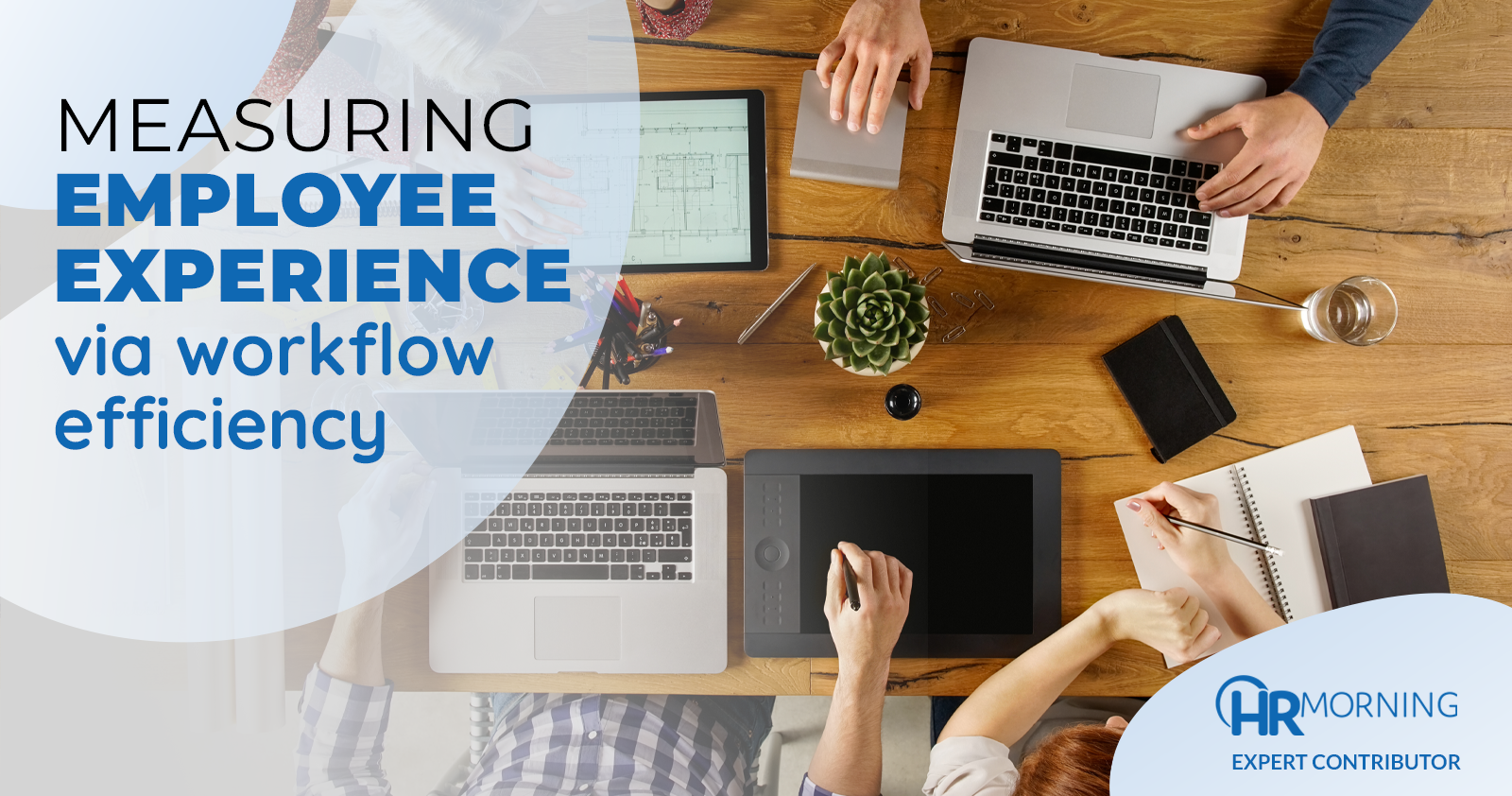Businesses have historically been more concerned with customer experience than their own employees’ experience, but this is beginning to change. And it’s about time!
According to a 2018 Gallup survey, only 15% of employees are engaged at work worldwide. This is astounding — and costly too.
An earlier Gallup poll predicted that actively disengaged employees cost the U.S. $450 billion to $550 billion per year in lost productivity. So, what can be done?
First, let’s define “employee experience.”
How do you stack up?
This term is intended to describe everything that an employee experiences at work. Obviously, this includes the physical environment (warm and welcoming or cold and windowless) and company culture (business or casual, siloed or collaborative). But it also encompasses the technology that the employees use every day.
In order to provide a positive employee experience, HR departments must help design a workplace that inspires people to do great work. It’s not enough to buy an air hockey table and fill the fridge with free snacks.
Today’s workforce expects more. They’re used to smartphones, iPads and laptops that provide instant access to any piece of information at the touch of a finger. Can your company’s workplace suite stack up?
The employee experience is heavily affected by the devices and applications people use to perform their jobs successfully. If they are given old, clunky software that forces them to endure constant lags and errors, they are going to become very frustrated very quickly. This will lead to low productivity, poor morale and eventually a revolving door of employees.
UEM: Why are they leaving?
How will HR ever learn the true reason they are leaving? New employees are especially hesitant to complain, so they are likely to suffer in silence while you scratch your head and wonder why turnover is so high.
If you have no insight into your employees’ interactions with their software, you have no way of knowing whether they are engaged. This is why so many companies employ user experience management (UEM) software to gain visibility into the everyday employee experience.
UEM tools enable you to see exactly how each employee is interacting with their enterprise software applications, so you can view firsthand any challenges they experience. By measuring such values as application response times, error message frequency and workflow efficiency, you can make informed decisions to increase staff productivity and engagement.
Once you understand the specific tech struggles that your workers experience every day, you can decide the most appropriate ways to address them.
What should be fixed?
This might involve personalized training with curriculum focused on employees’ specific trouble areas, upgrading or replacing outdated applications to eliminate process bottlenecks, or even designing an entirely new user-friendly interface to make workflows more intuitive and efficient. When these changes have been made, you can then measure the effects.
- Which modifications have been the most successful?
- Which have had the most rapid effects?
- Have they worked across the entire company?
KPIs like these will help you understand the technological updates that are the most important to implement – and the order in which you should execute them. The most important issues to correct are those that impede your employees’ ability to perform their jobs effectively. These generally include convoluted business processes and technical difficulties causing significant business impact.
There is no instant solution when it comes to upgrading the employee experience.
But if you want to create a work environment that positively affects your bottom line, it pays to implement a holistic approach that delivers continuous visibility into your employees’ productivity, job satisfaction and engagement.
In short, treat your employees the same way you treat your customers, and you can’t go wrong.


